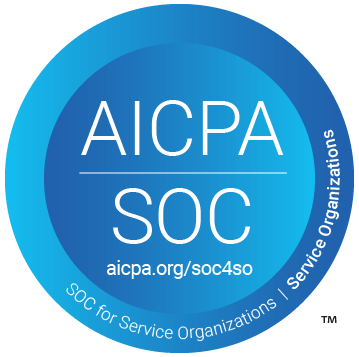IMGs (International Medical Graduates) play a pivotal role in the US healthcare system.
The US physician workforce is made up of:
- Allopathic physicians (MDs)
- Osteopathic physicians (DOs)
- International Medical Graduates (IMGs)
IMGs are medical graduates who have received their medical education outside of the United States or Canada. They comprise both US citizens (US IMGs) who have trained abroad and citizens of foreign countries (non-US IMGs).
Much Needed Demand for Physicians in the US
The demand for physicians in the US during the past decades has been higher than the number of medical school graduates in the country and IMGs are necessary to supplement the physician workforce.
The supply of doctors is also inadequate to meet the country’s future healthcare needs and, although the number of US medical schools is increasing and enrollment is expanding, the education cycle of a fully trained doctor takes several years, which causes delays in filling the demand of physician needs. One way to fulfill this is by seeking IMGs.
Currently, approximately 25% of practicing physicians are IMGs, therefore playing a critical role in the delivery of healthcare services, while a shortage of 125,000 physicians is predicted by 2025.
Becoming an IMG in the US
To be able to practice in the US, IMGs must first be certified by the Educational Commission for Foreign Medical Graduates (ECFMG).
This procedure includes several steps:
Step 1: IMGs have to pass the first two components of the USMLE (United States Medical Licensing Exam): USMLE Step 1 and USMLE Step 2 Clinical Knowledge (CK), which are the same exams that medical students in the US take during their course of studies.
Step 2: once the IMG has passed these two exams, they can apply for their ECFMG Certification, a process that consists in the primary source verification of the medical school credentials of the candidate and of his/her passing performance in the aforementioned exams, as well as other requirements and exams the doctor has to comply with.
Step 3: once this certificate has been issued, the IMG can finally take USMLE Step 3, the very last component of the USMLE exam series, which is taken by most doctors during residency.
Historically, just over 60% of IMGs who take an examination required for the certification end up completing this rigorous process.
This is only the first step; to be able to obtain an unrestricted license to practice medicine in the US, IMGs need to enter a GME (Graduate Medical Education) training program (3 years long at least in most jurisdictions). In the past 5 years, approximately 50% of ECFMG certified physicians were able to be placed into these residency programs.
Ensuring Quality IMGs
The combination of the ECFMG certification, the competitive nature of residency and the strict state licensure rules allow only high-quality, carefully screened IMGs to enter the US workforce.
Literature shows that patient outcomes are at least equivalent, if not superior, when they are treated by IMGs, who can also at times offer underserved minorities with physician-patient concordance in ethnicity, languages spoken and other demographic variables, providing the more and more heterogeneous US patient population with a progressively more diverse physician workforce.
IMGs also tend to fill the gap left by US medical graduates in the primary care disciplines as well as in the rural and remote areas, as the needs are higher in those specialties and in underserved areas. A physician workforce that reflects the population it serves has been highlighted as one solution for persistent race-based health disparities, making IMGs key players to increase diversity within the healthcare system.
Ranasinghe PD. International medical graduates in the US physician workforce. J Am Osteopath Assoc. 2015 Apr;115(4):236-41. doi: 10.7556/jaoa.2015.047. PMID: 25830581.
Pinsky WW. The Importance of International Medical Graduates in the United States. Ann Intern Med. 2017 Jun 6;166(11):840-841. doi: 10.7326/M17-0505. Epub 2017 Mar 7. PMID: 28265642.




